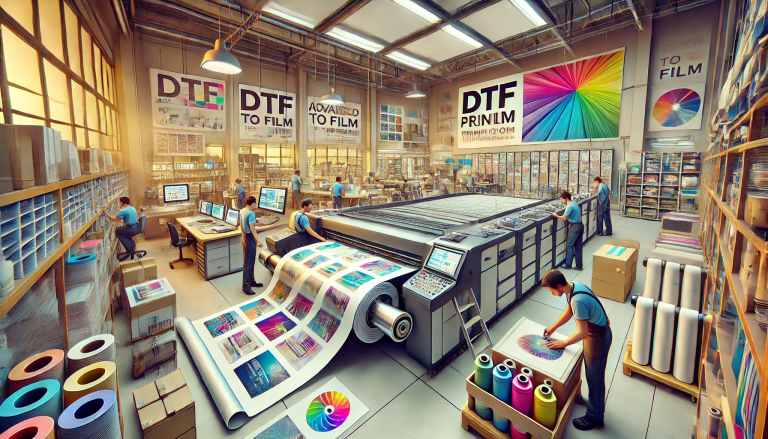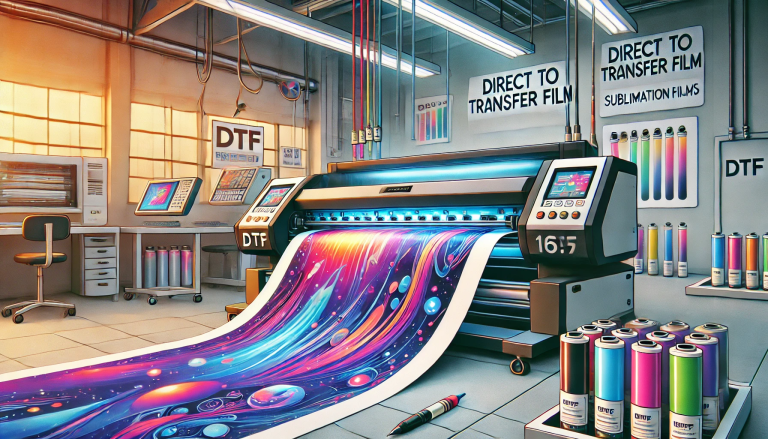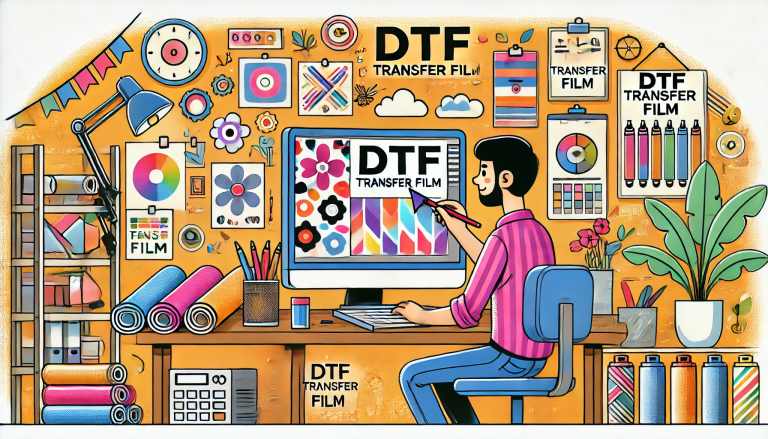“How do I get my printer to work with DTF paper? Step by Step Guide” -MAXDTF- UV DTF Direct Transfer Sticker Supplier, UV DTF AB Film Factory, Made in China
Direct-to-film (DTF) printing has revolutionized the textile industry by allowing individuals and businesses to print designs directly onto films, which can then be transferred onto fabrics through heat transfer. If you’ve invested in DTF paper and are having trouble getting your printer to accept it, you’re not alone. This guide will help you understand the intricacies of working with DTF paper and ensure trouble-free printing every time.
Understanding DTF Paper
Before diving into the instructions, it is important to know what DTF paper is. DTF paper is specially designed for direct film printing process. It has a special coating that allows you to hold the ink without smearing, ensuring a clear transfer to the fabric.
Preparing the Printer
Manual feed. Most standard printers have a manual feed tray. Because DTF paper has a different texture and thickness than regular paper, using the manual feed tray can reduce paper jams and provide a smoother feeding experience.
Printer Settings: Adjust your printer settings to handle thicker paper. Most printers have options such as “premium glossy paper” or “other specialty paper.” This adjustment ensures that the printer rollers have the correct pressure.
Aligning DTF Paper
Make sure the DTF paper is aligned correctly. The print should be on the coated side. To determine which side is coated, you can do a simple water drop test. The coated side will not absorb droplets immediately.
Maintenance Issues
Clean the rollers. Clean your printer rollers regularly to make sure they grip paper properly. Over time, dust and residue can accumulate on the rollers, reducing their effectiveness.
Regular updates. Make sure your printer software is up to date. Manufacturers often release updates to improve printer performance and compatibility.
Troubleshoot common problems
Paper jam. If DTF paper jams frequently, check whether there are any obstructions in the feed path. Also make sure you are not overloading the feed tray.
Ink smudging: Allow sufficient time to dry before touching or transferring the design. If smearing persists, check whether you have selected the correct print settings.
Choosing the right printer
While many printers can handle DTF paper, investing in a printer known for its compatibility with specialty papers can make a significant difference. Research and reviews are your friends here. Some DTF printers are designed to meet the unique requirements of DTF printing.
Check before final printing
Always run a test print before committing to a full design. This will help you identify any problems early and ensure that the final product meets your standards.
Conclusion
DTF printing opens up incredible possibilities for creating vibrant and durable designs on fabrics. However, as with any custom process, it takes some understanding and tweaking to get great results. With the right preparation, printer settings, and maintenance, you’ll be creating stunning DTF prints in no time. Happy printing!






